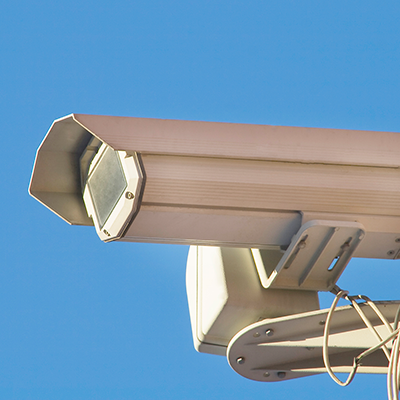What’s an IP Camera and how is it Different from Analog?
IP stands for Internet Protocol, and basically refers to a digital video camera that can send and receive data via a computer network, as opposed to sending a feed to a Digital Video Recorder (DVR). This is advantageous for a lot of reasons:
Picture Quality: The best analog surveillance camera still can’t hold a candle to the worst IP camera when it comes to the resolution of the image it captures. At best, an analog camera can manage the equivalent of less than half a megapixel, whereas a Megapixel camera wouldn’t be much good if it didn’t produce an image of at least ONE of the things it’s named after. Additionally, IP cameras capture a much wider field of view than comparable analog cameras, meaning a single IP camera is potentially able to do the job of three to four of the old school cams.
Video Analytics: This is a fancy term that basically means you can set your network to flag “events” that occur in the cameras’ field of vision. This could be anything from motion detection to missing objects to tampering with the camera itself. Instead of poring over hours of footage, your network can tell you exactly when these events occurred and point you right to them.

